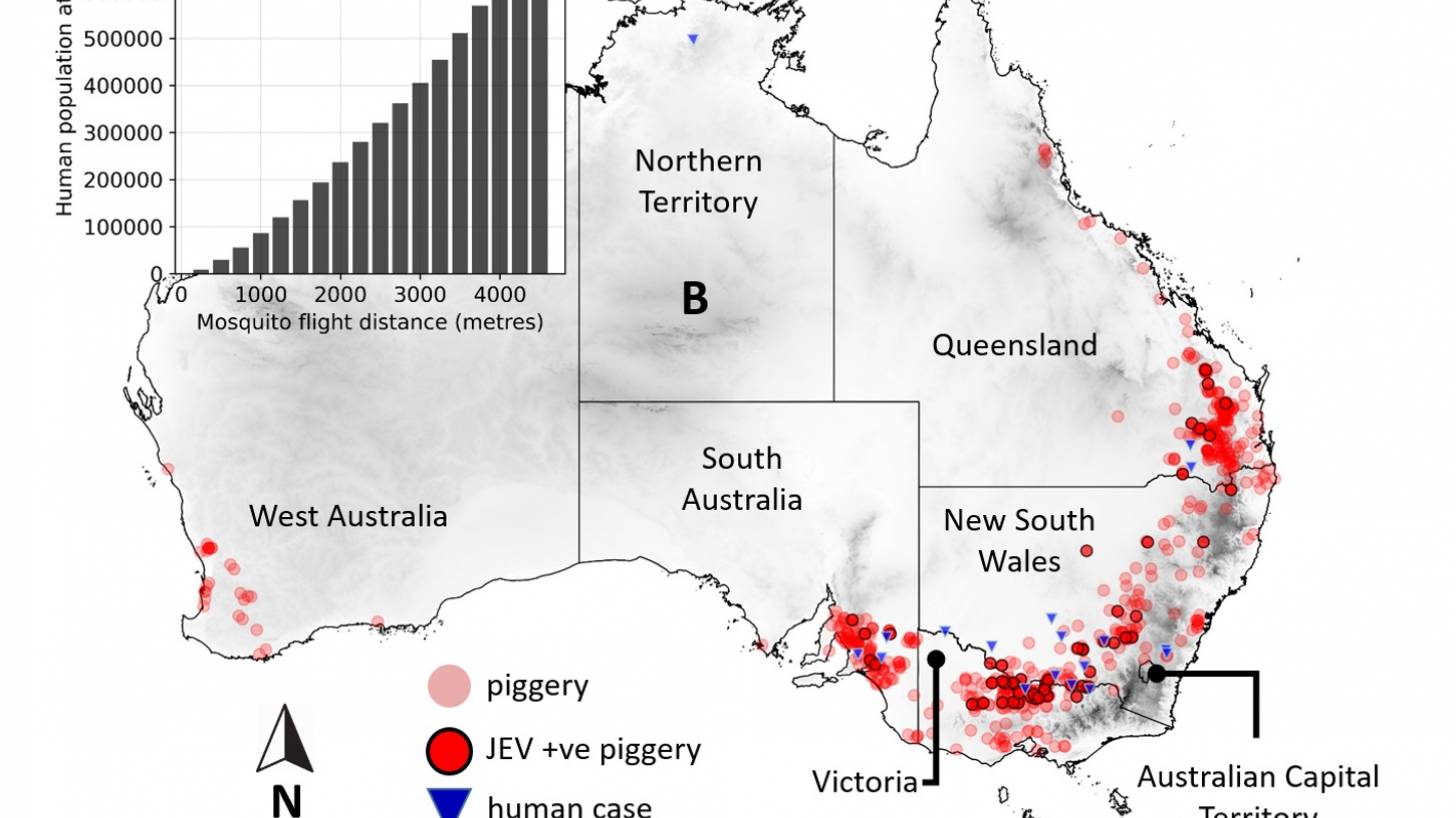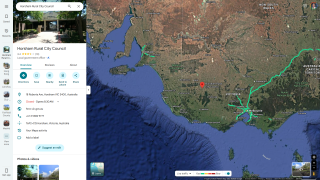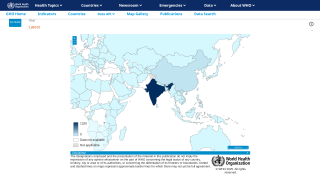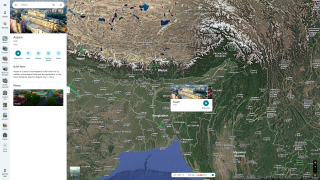Australia's Vaccination Rates Recede Again

As summer 2025 trips to Australia are being finalized, it is more important than ever to ensure that you are fully immunized against contagious diseases.
Recent data from Australia's National Centre for Immunisation Research and Surveillance (NCIRS) indicates a significant and ongoing decline in vaccination coverage among children and adolescents.
Published on May 15, 2025, fewer than 90% of two-year-olds are fully vaccinated.
Coverage for one-year-olds dropped from 94.8% in 2020 to 91.6%, and for two-year-olds, from 92.1% to 89.4%.
'It is concerning that vaccination rates are continuing to decline, as delaying or missing vaccinations exposes children and adolescents to the serious risks and complications associated with multiple different vaccine-preventable diseases,' said Associate Professor Frank Beard, Associate Director, Surveillance, Coverage, Evaluation and Social Science at NCIRS, in a press release.
The NCIRS data includes vaccines for whooping cough, diphtheria, tetanus, rotavirus, pneumococcal, polio, hepatitis B, four types of meningococcal, measles, mumps, rubella, and the human papillomavirus vaccine.
Another severe disease may be under-vaccinated in Australia.
According to the World Health Organization (WHO), the Japanese encephalitis virus (JEV), which mosquitoes, pigs, and sheep transmit, has resurfaced in Australia, primarily affecting children.
JEV cases have been reported across Australia, including Queensland, New South Wales, South Australia, Victoria, the Australian Capital Territory, Tasmania, Western Australia, the Northern Territory, and parts of the Torres Strait region.
In response to these cases, Australia's government declared a JEV outbreak of National Significance in March 2022 and began offering access to JEV preventive vaccines.
As of June 13, 2025, JEV is the leading cause of viral encephalitis in 24 countries in the WHO South-East Asia and Western Pacific/Oceania Regions, exposing more than 3 billion people to infection risks.
The classical description of JE includes a Parkinsonian syndrome with mask-like facies, tremor, cogwheel rigidity, and choreoathetoid movements.
From a prevention perspective, the U.S. CDC states that Japanese encephalitis is primarily a concern in Australia's Murray River region and the Outer Torres Strait Islands.
If departing from the United States, one Japanese encephalitis vaccine (IXIARO) is U.S. FDA-approved and recommended for travelers in 2025. This vaccine is commercially offered at travel clinics and pharmacies in the U.S.
While JEV vaccination is recommended for a small number of Australia's 10 million annual visitors, specific travelers should consider vaccination. But this vaccine is not recommended for those planning short-term travel to urban areas or traveling outside of the Japanese encephalitis season.
Our Trust Standards: Medical Advisory Committee







